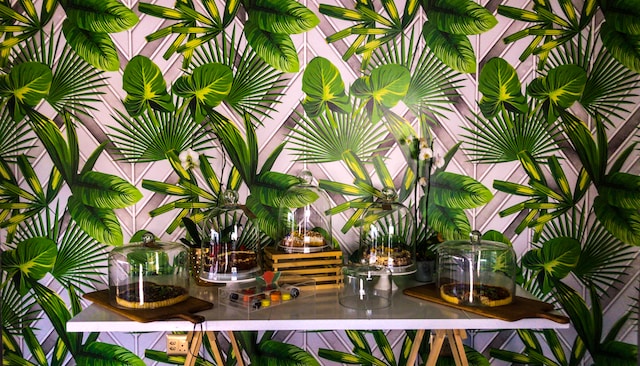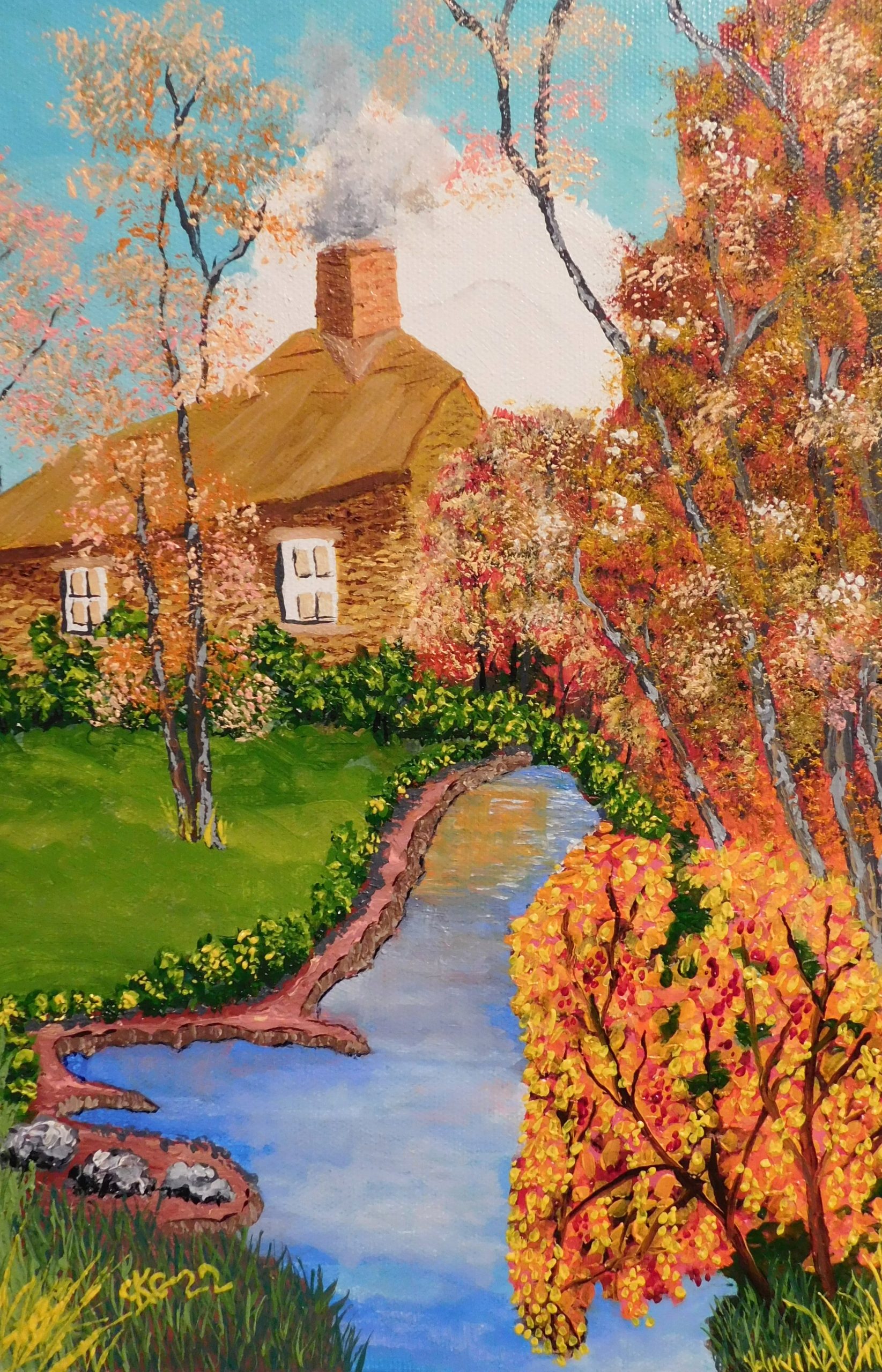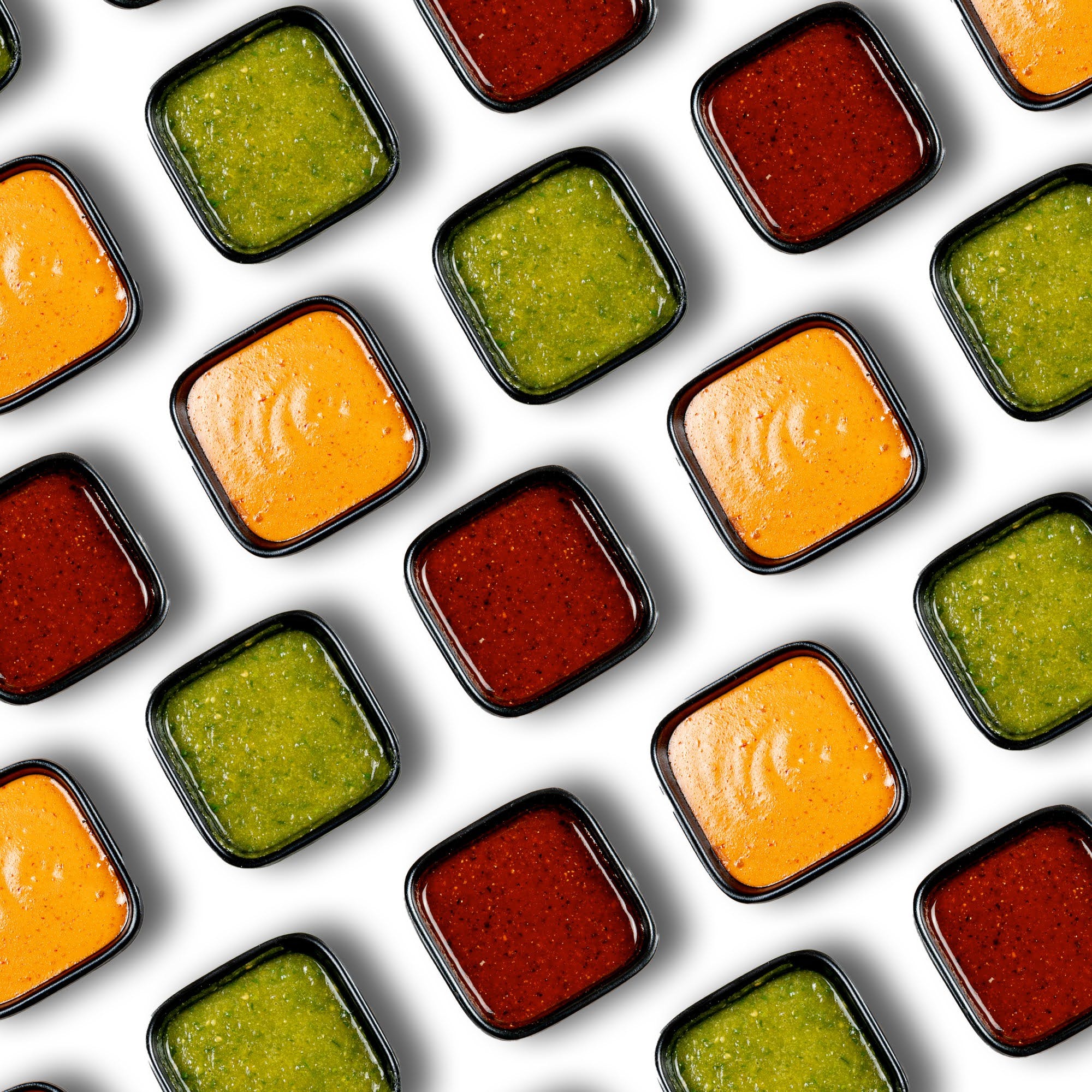If you’re looking for a unique and exotic plant to add to your collection, look no further than the Lithops genus, commonly known as “living stones.” These fascinating succulents are native to the deserts of South Africa and are known for their uncanny ability to mimic pebbles and blend in with their surroundings.
In this article, we’ll take a closer look at these rare and exotic plants, exploring their unique characteristics, growing conditions, and care requirements.
What are Living Stones?
Living stones are a type of succulent plant that belongs to the Lithops genus. These small, split succulents are known for their ability to mimic pebbles and blend in with their surroundings, making them difficult to spot in their natural habitat.
The name “living stones” comes from the fact that only the very tops of the leaves are visible aboveground, and even these are well-camouflaged in a variety of colors and patterns to blend in with the surrounding geology.
What Do Living Stones Look Like?
Living stones come in a variety of colors and patterns, but they all share a similar appearance. They have two fleshy leaves that are split down the middle, giving them the appearance of two halves of a pebble. The leaves are usually less than an inch long and can be round, oval, or even triangular in shape.
The top of the leaves is where the plant’s unique patterns and colors are displayed. These can range from vibrant pink, orange, blue, and green tones with darker, patterned leaf tops. The patterns and colors are designed to mimic the surrounding geology and help the plant blend in with its environment.
How to Grow Living Stones
If you’re interested in growing living stones, there are a few things you need to know about their growing conditions and care requirements.
Light: Living stones require full sun to thrive. Place your plant in an area with full sun, and during spring and fall, lightly water the soil when it dries out (avoid watering in summer and winter).
Soil: Living stones need a well-draining soil to prevent their fleshy leaves from exploding. Use a cactus or succulent mix, or create your own by mixing sand, perlite, and potting soil.
Water: Living stones are exceptionally easy plants to keep alive, requiring minimal watering and care steps for much of the year. During spring and fall, lightly water the soil when it dries out (avoid watering in summer and winter).
Temperature: Living stones prefer warm temperatures and can tolerate temperatures up to 90 degrees Fahrenheit. They can also tolerate cooler temperatures down to 40 degrees Fahrenheit.
Propagation: Living stones can be propagated by seed or by division. To propagate by division, gently remove the plant from its pot and carefully separate the two halves of the plant. Replant each half in its own pot with fresh soil.
In Conclusion
Living stones are a rare and exotic plant that is sure to add a unique touch to any collection. With their ability to mimic pebbles and blend in with their surroundings, they are a fascinating addition to any garden or indoor space.
If you’re interested in growing living stones, be sure to provide them with the proper growing conditions and care requirements. With the right care, these fascinating plants can survive for up to 50 years, making them a long-lasting addition to any collection.









